After a dramatically convoluted sunset, light streaking through mountaintops to paint Tolkienesque landscapes, our second night in the silent Karoo is much darker, clouds obscuring what had been an extraordinary moonshine the night before. While I had walked around outside as in daylight by the simple shine of a skyful of stars and full moon, when the time comes to set the terrace table for our second braai, our satellite has delayed her arrival, the obscurity proves a little oppressing and we decide to eat inside at the long table, rejecting royal seating at opposite ends and huddling instead on a corner like conspirators.
The following day, we have planned to take it easy and explore the valley. We go on a walk through a grassy field flanking the property and into the adjacent bush, hoping to find interesting plants. We meet an eland and catch a glimpse of other bokkies between the trees. Animals have carved plenty of trails, but walking through the vegetation is but impossible and visibility limited to a few yards.
The savannah look is so complete that Marie cannot forget about leopards and manages to find relatively fresh droppings that could have belonged to a big cat, so the walk is aborted. While the farmers had mentioned that leopards stay higher in the mountains, it is not such a stretch of the imagination to picture one venturing within the fence for an easy lunch. I never forget that in Africa, I am out of my element. An instinct and confidence forged on Caribbean reefs are useless to me when foreign predators are involved. So the divemaster within, so used to leading and giving orders, yields and learns humility.
However later, back in the mansion’s safety, I can no longer resist and decide to go explore again, humility forgotten. I drop down to the open field on the left from which we know trails have to launch into the bush as we have seen the herd disappear that way after drinking at a waterhole. As I reach about mid-field, I suddenly hear movement to my right and stop, scanning the thick bushes. Through a tunnel in the dry and prickly vegetation, I have stumbled upon my prey. And while my intentions were only photographic, the prey doesn’t see it that way and after a short freeze, two or three giraffes and the zebra thunder away. Long after the foliage has hidden them for good, I can still hear and feel their gallop through the dry ground.
Awaking the tracker in me, I venture after them on the path, advancing as silently as I can but fully aware that my very efforts at stealth must be duly recorded and interpreted as deadly intent. I must at times lean down under branches obstructing the way, puzzled by the fact that the giraffes have just come running through this, and are three or four times my height. Catching up with them once or twice, I am still falling further and further behind.
Eventually, guilt takes over and I back off, worried that I have irremediably frightened the small herd and we will not see them again. I walk through the dense maze for a while, then emerge into the western field where the waterhole is located and head towards the hill, the mansion appearing far above me. Suddenly, movement mid-slope. I instantly stop. Marie has walked out on the grassy terrace next to the house and is lifting an arm high, extending three fingers and pointing. I instantly get it and move to my right to get a better view. One of the giraffes is there, in the open, between me and my destination. Reaching for the camera as slowly as I can manage, I train my telephoto lens on it and snap a few pictures, grinning to find Marie in the frame.
Far from having been scared to death, it appears the herd has simply decided to avoid me, circled around and come to drink from the opposite direction. I am lucky enough to have both a giraffe and Marie in my line of sight, and end up with one of the funkiest animal pictures I have ever taken, both of them staring at me or each other in golden light, from different distances and heights, yet it all seems so natural.
That afternoon goes by peacefully. Marie lovingly displays the edible plants she has found. Fish eagles call in the distance, and one glides by later on, high in the deep blue sky. The weather has cleared. A gorgeous sunset and the following appearance of falling planets and spinning stars keep me busy with tripod and slow shutter speeds. It turns out Venus, Jupiter and Mercury are hanging out together like old pals. On the picture below, they are the trio descending towards the horizon in the center, Venus being the lowest and brightest, then Jupiter on the right and Mercury on the left.
It is very interesting to see an exposure reveal the true color of planets and stars much better than the eye knows. For instance if you look at the Southern Cross on the long exposure below – it is at the top left – the top of the cross pointing down and right is actually a double star, or two stars optically so close they look like one to the naked eye. The closest and brightest of them, Gacrux, happens to be the red giant nearest to our sun. Its warm color is unmistakable on the photo. All others, as well as the constellation’s two trailing “pointers”, the Alpha and Beta Centauri star systems, are much paler. (I added a still photo of this, as well as a legend in the full gallery at the end.)
Many, many years ago, while sailing through the Southwest Pacific Ocean and finally faced with a star canopy that was foreign and mysterious, I decided to seek knowledge. Once everyone was asleep after five-star dining and the ritual stage show, I would go up to the bridge where a Filipino crew member was on duty, and pry some celestial tips out of him. Then one day, as we were calling at Port Vila, capital city [sic] of Vanuatu, I found – of all places – a used book shop where I bought an old celestial navigation guide, pages yellowed by time and still wearing a few coffee cup stains as proof of its use in the field.
This was the early nineties and while internet was taking its first baby steps, available information was scarce and access, limited. Besides, while I did own my first “computer”, a tablet-size Olivetti Quaderno with a monochrome screen and basic sub-Windows OS, there would have been no Wi-Fi. Books, back then, were still the undefeated guardians of knowledge.
The Southern Cross had been a legend to me, a concept I read about from Jules Verne and Roger Frison-Roche, alien and unreachable for it was only visible in a part of the world so remote and intangible, it had eluded me all my life. Until one day, I stepped onto the upper deck of a giant sailing ship at night, felt the warm breeze’s welcome, looked up dizzily at the Southern Hemisphere sky, so bright it was mesmerizing, and there it was. The Southern Cross. Unmistakable, flying high like a kite and seemingly held back by its trailing stars, silent puppet masters.
Since then, the constellation has had a special place in my heart. I have seen it often, whether from the Southern Pacific, Southeast Asia, Peru, the Caribbean where it lives low on the horizon part of the year, or more recently Southern Africa. For reasons I cannot fully explain, to look up at a starry night and find the Southern Cross is to be whole. To be home, wherever I stand. To suddenly find all my dreams alive and kicking.
I wake up around two in the morning. Something has pulled me out of a dream. Maybe it was a tiny noise in the almost-unbearable silence. I sit up and look around, rubbing my eyes. Looking through the tall glass doors is a bit like being outside. Moonlight is faint but still noticeable. I get up and go to the main room, curious, the stones feeling cold to my feet, and I scan the dark world beyond the windows.
Then my eyes grow wide. I shake my head in disbelief, blinking to focus. Yes, that is a giraffe. Some hundred feet away, at our level. Squinting, I can also make the zebra, and another giraffe or two further back. It is so sweet, almost surreal. It is quite dark, there is no shot. I wake Marie up gently, making sure I immediately explain something cool is happening as it could easily be the other way around, and lead her to the main room. The giraffe has come closer. It is maybe fifty feet away, and we stare. It probably stares back. I have no idea what its night vision is like but I have no doubt the giraffe is curiously looking at the strange bubble of human activity planted on the hill above its land, at the insects inside that never come out at night, their strong smells locked within the semi-transparent walls.
Having come as close as its instincts allow, the tall animal slowly turns back towards the rest of the group and slowly fades into the ghostly obscurity, leaving us smiling and scanning the night, mentally pinching ourselves to ensure we have not been dreaming. In the morning, we are packing up and hitting the road back to the Cape Peninsula. It will be hard to sleep, now.
A few precious days later, having run out of time and magic, we overfly the Karoo aboard our Airbus A340-600 to Johannesburg. Face pressed against a starboard window, I think I manage to see Prince Albert in the distance, as we cross the Swartberg mountains in a lazy diagonal route to the northeast. It reminds me of my first visit. I had written:
Picture the middle of nowhere. Then move away from it, slightly. Turn around and face sideways. Look behind you. Blink. Look again. You’re there. It’s Prince Albert, Karoo. South Africa. A lonely main street lined with a few miserable shops and some restaurants. Tall trees recently chopped down to the size of tall cacti. An unforgettably dry golf course frying under an unforgiving sun. But then you find the Dennehof Guest House, hidden on a dirt road on the periphery of this odd oasis. You check in. Mimosas. Cypress trees. Prickly pears. It could be Provence. Your room is charming, occupying an small free-standing house that might have been a mill. It looks old and rustic. The outside walls are bleached. Inside, everything is warmly decorated and welcoming. You sit on the terrace and have a drink. You think, this is great. We have arrived. Two nights and two days of doing nothing, in the best company. You could get used to it…
The flashback of so many extraordinary memories since my initial visit to South Africa makes the window fog up. On approach into O.R. Tambo International, flying past strange mining structures of undeniable human origin and the later splashes of poverty covering the metropolitan area like strangely geometric modern art, I am reminded that Africa keeps struggle and hardship close to her heart. For as long as she remembers, she has never known peace, and some of her children were always bleeding and crying.
I make a mental note to try and never forget this fact, since if a few nights earlier we were standing carefree in luxurious darkness looking at a pet giraffe, we were only the privileged actors of a glamorous production, a Spielberg of epic proportions, dazzling and wonderful, in which we play the part that most in Africa envy.
Because even though they own the set and unknowingly support the plot, those who envy us will likely never be but a multitude of unwilling extras, lost within the faraway crowd of a wide panning shot, forgotten if even seen but mostly invisible. Such is the divide that has lead us to the Karoo in grand comfort. The story, sadly, was only written for us. Not for them.
«Karoo Parenthesis» Series
Want to read the entire series of stories? Start here
Already reading sequentially?
Previous story: Karoo Parenthesis, Part 3 – Two Passes
Next story: Addendum to the Karoo Parenthesis – Aerial Shots
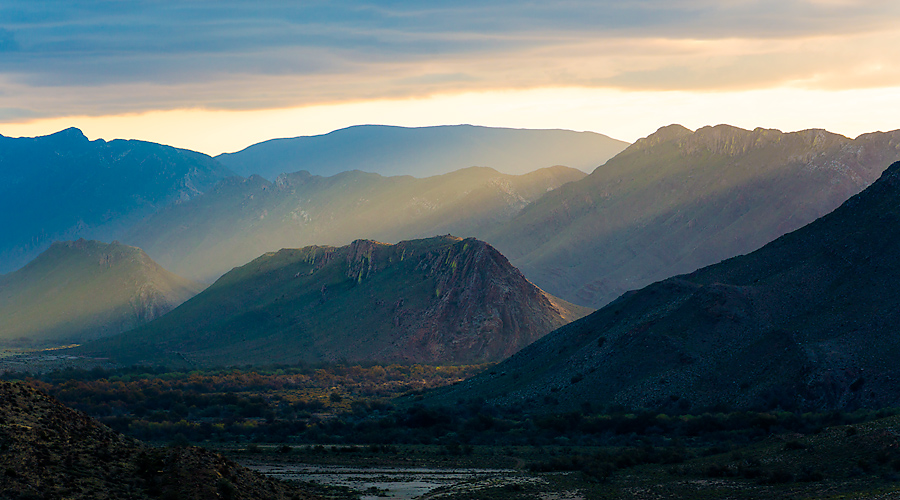
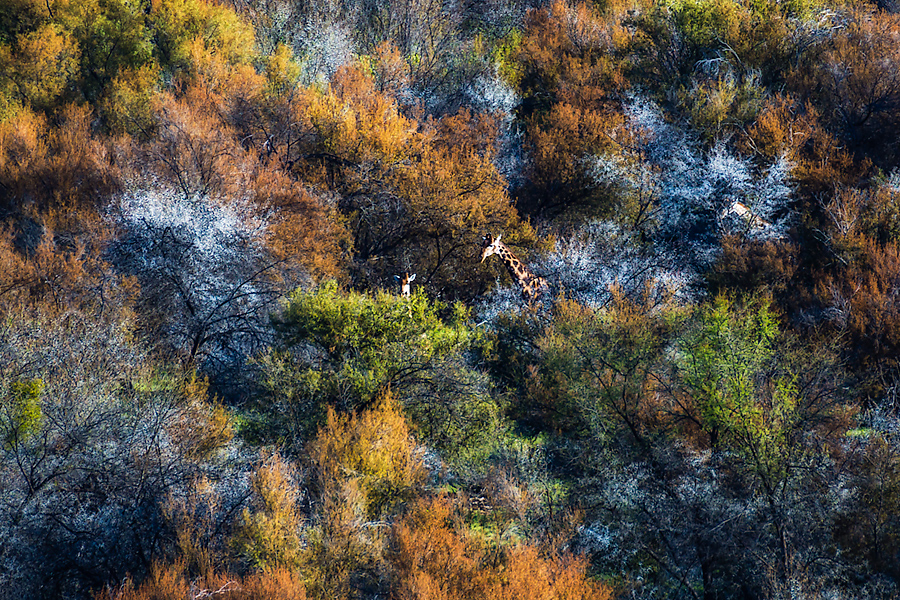
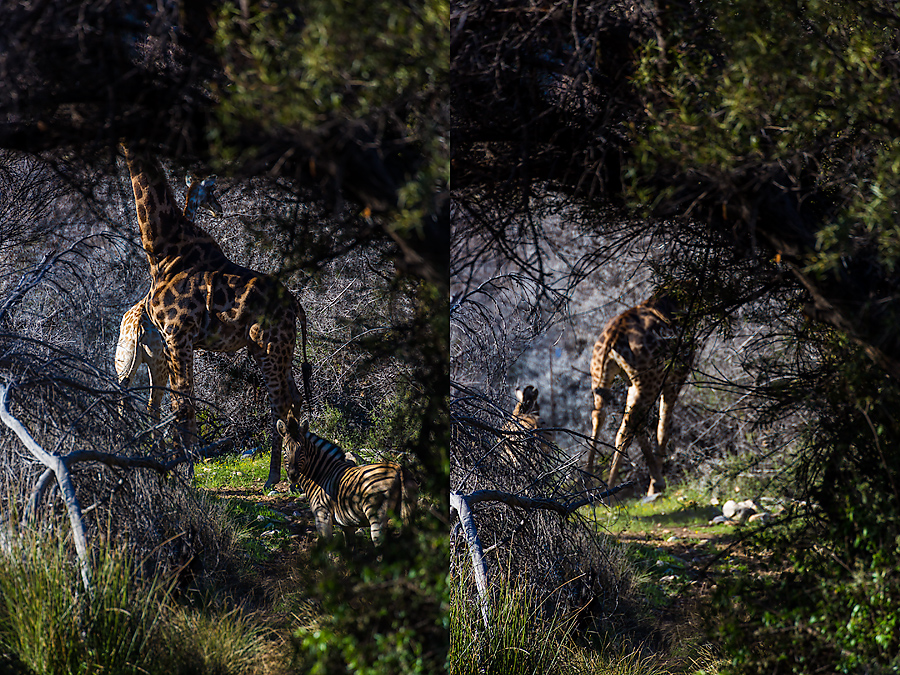
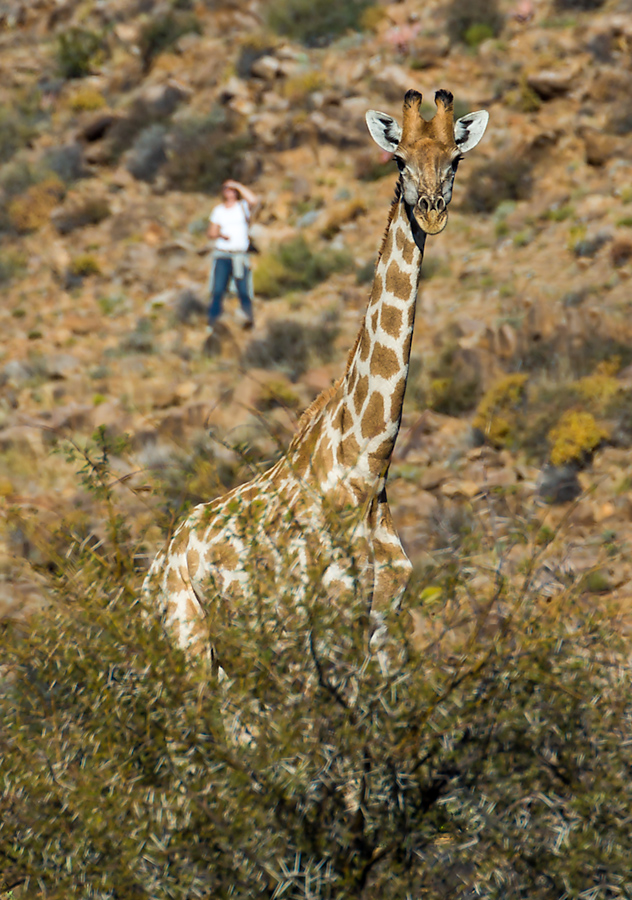
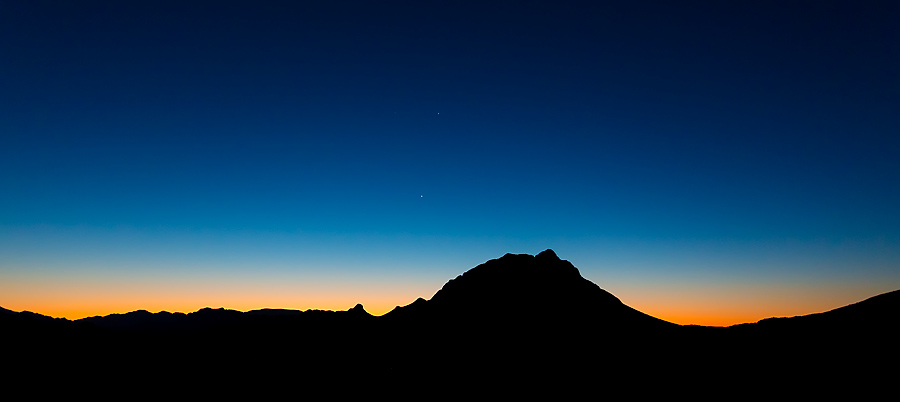
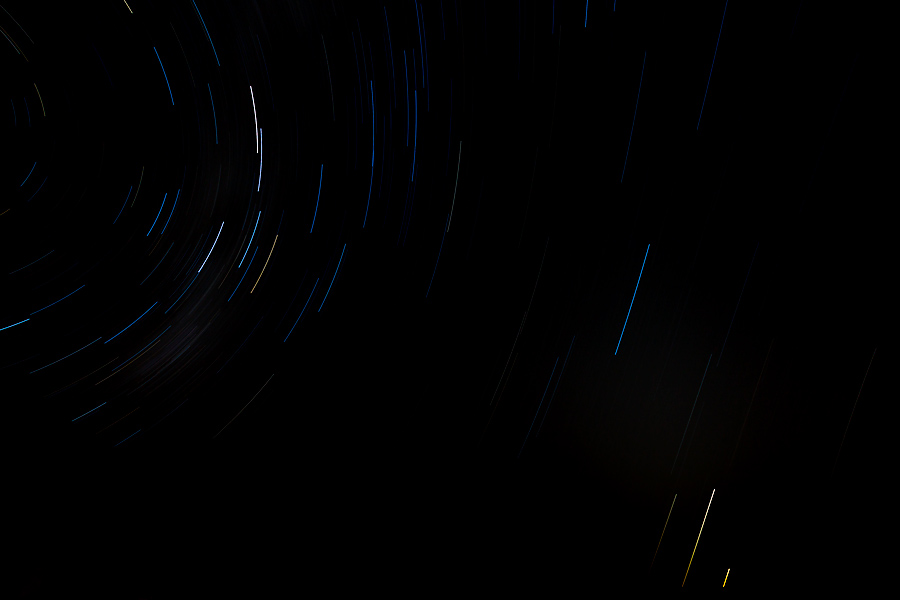
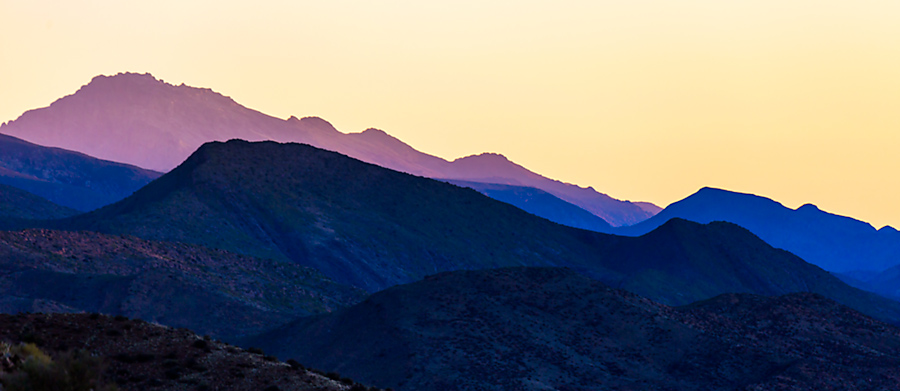
Comments
Germaine Versailles
Vince
Vince
Vince
Germaine Versailles
Germaine Versailles
Elmie
Vince